Installation
Our installers handle every step of the solar panel installation process. This includes starting from an initial assessment to the activation of your system. We'll make sure the whole process is as seamless and efficient as possible.
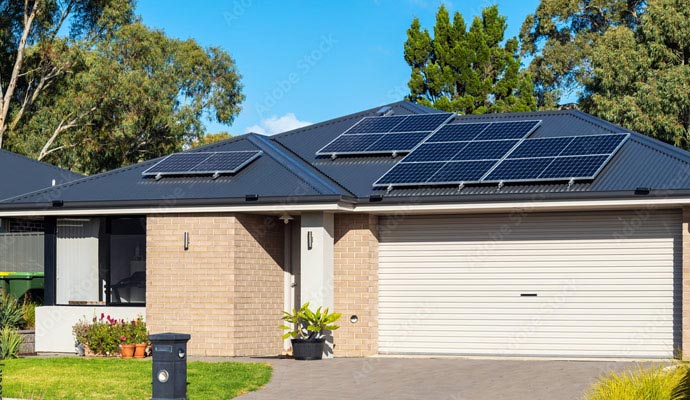
Solar panels collect light from the sun and convert it into electricity to power homes and businesses in cities throughout Central Texas. Solar panels power diverse applications, from remote cabins and telecommunications to large-scale residential and commercial systems.
Reduce your energy bills and enjoy reliable power with high-quality solar panels from Rhino Home Care. We make it easy for homeowners and businesses to switch to solar panels for a more energy-efficient solution. Call us today or contact us online to discover how our solar panels can benefit you.
737-241-4020Solar panels offer a practical and beneficial way to generate electricity. They provide numerous applications and benefits, making them a versatile and convenient energy source. For homes in remote or rural areas, they help eliminate the high cost of traditional grid connections.
Solar panels also provide a clean, renewable energy source. They help reduce greenhouse gas emissions for customers looking to improve their carbon footprint. With minimal maintenance, they can last for decades. Here are some of the benefits at a glance:
Homes powered entirely by solar energy can operate completely off-grid, especially with the addition of battery storage. These batteries also function as emergency power backups.
Solar energy allows homeowners to supplement or replace grid electricity. As electricity costs rise, switching to solar can lead to substantial savings on monthly bills.
Unlike dwindling fossil fuels that release harmful gases when burned, solar power offers a cleaner alternative. This is helpful for customers looking to lessen their environmental impact.
While the initial investment in a solar system is significant, the reduced electricity bills over time offset this. These savings continue long before any major maintenance or replacement is needed.
A solar system requires minimal maintenance after installation. Keeping the panels clean allows for years of trouble-free operation and maximizes energy production over time.
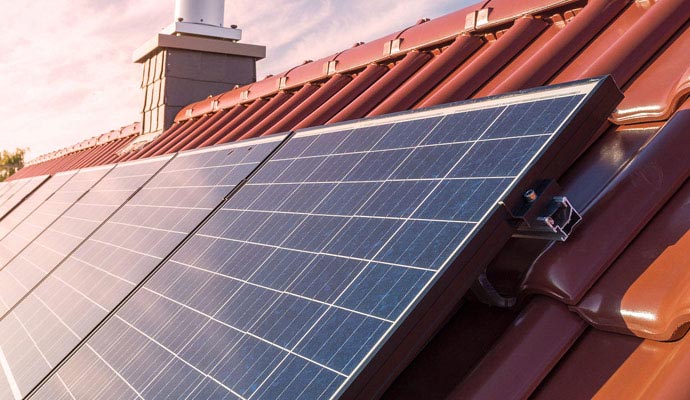
Solar panels convert sunlight into electricity through the photovoltaic effect. Individual solar cells absorb photons from sunlight, which then release electrons, creating an electric current. Solar panels can be scaled to power homes, businesses, or specialized equipment in both urban & remote locations.
A typical residential rooftop can accommodate enough panels to meet its energy needs. Excess power is fed back into the grid. Off-grid systems use batteries, a charge controller, and an inverter to store and convert AC power for appliances.
Customers are increasingly turning to solar power as a reliable, renewable energy source and a way to reduce dependence on traditional electricity.
This is where Rhino Home Care comes in. We provide top-quality solar panels, making it easier for our customers to switch to an efficient energy solution. Our durable panels generate the power you need every day while also saving you money on your electricity bills. Contact us online today to learn more about our services.
Our installers handle every step of the solar panel installation process. This includes starting from an initial assessment to the activation of your system. We'll make sure the whole process is as seamless and efficient as possible.
Going solar can be a significant investment. This is why we offer several flexible financing options to make solar energy more accessible. Our team can help you find the best financing plan to fit your budget.
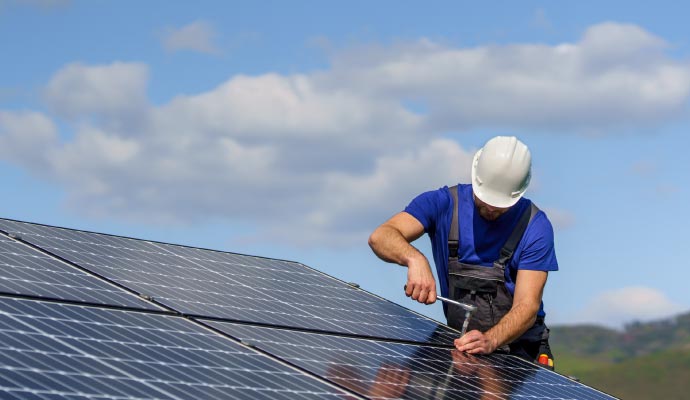
We provide comprehensive repair and maintenance services to keep your solar panel system running smoothly. From routine cleaning to addressing any necessary repairs, we've got you covered.
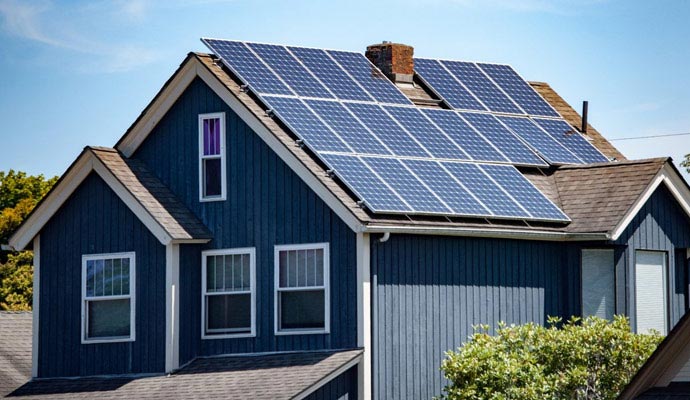
We specialize in installing solar panel systems for homes of all sizes. Our residential solar solutions will meet your specific energy needs and maximize your savings.
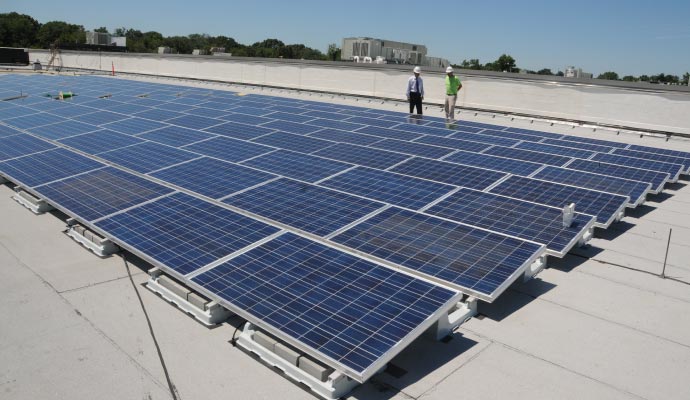
We also cater to the needs of businesses, offering scalable solar solutions for commercial buildings and industrial facilities. Our services help you reduce energy costs.
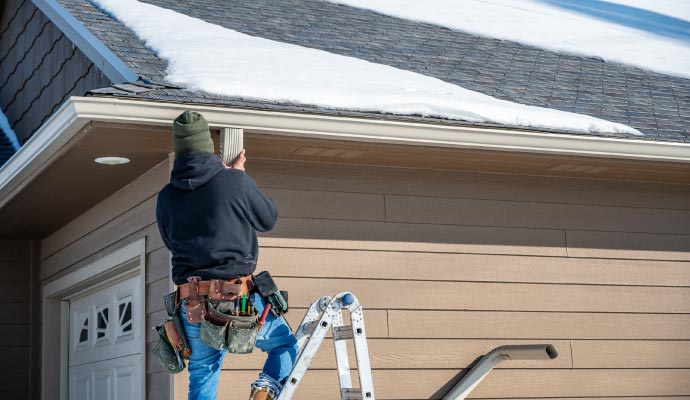
We offer more than just solar panels. Discover our range of offerings for both commercial and residential customers.
Switching to solar power has never been easier. Our streamlined process makes going solar simple and stress-free. We have extensive experience installing durable and reliable systems, and our customers appreciate our expertise and professionalism. We serve Cedar Park, Round Rock, Austin, and their surrounding areas.
From the initial consultation to the seamless installation, we'll guide you every step of the way. Enjoy worry-free power and lower energy bills. Call us today for a free estimate or click here to schedule an installation and discover how our solar panels can benefit you. Discover the Rhino Home Care difference!
737-241-4020